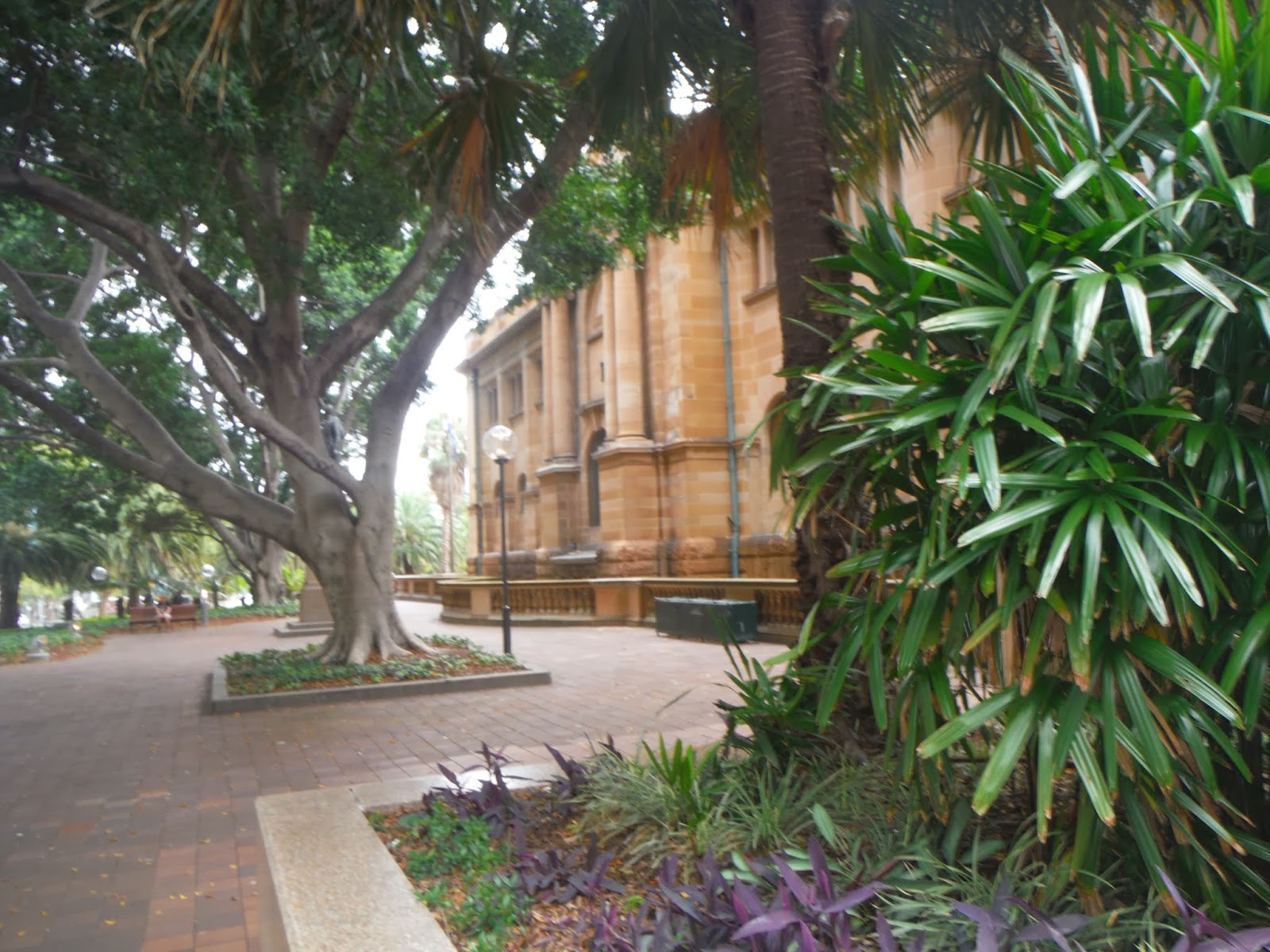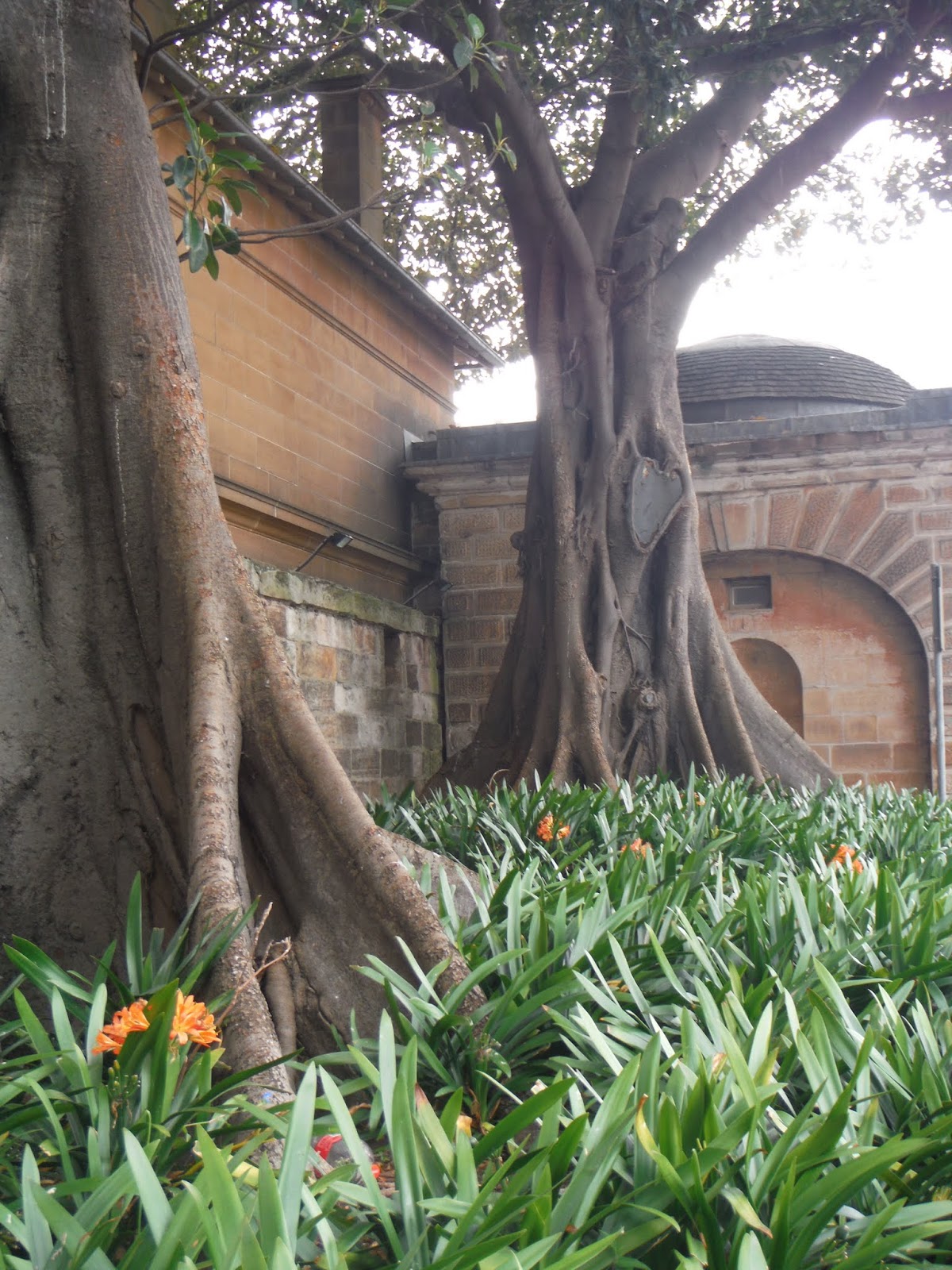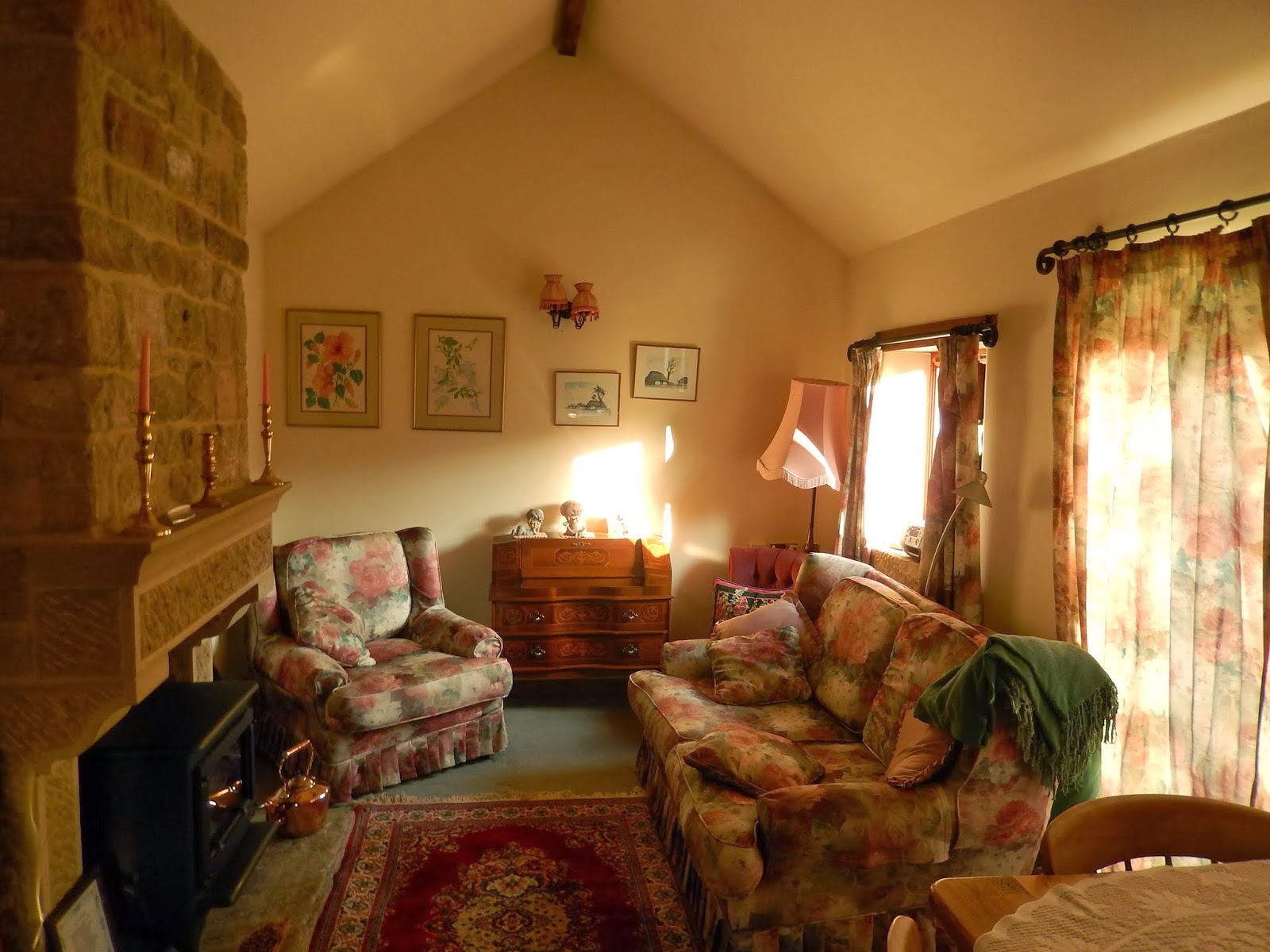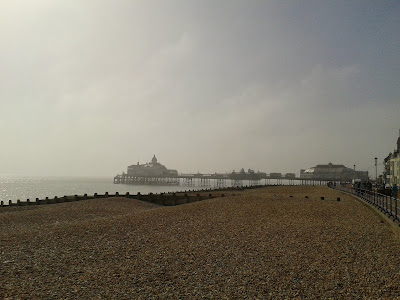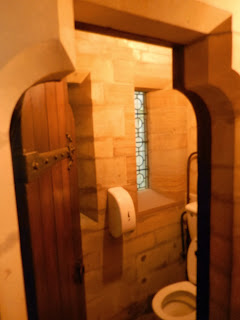For those of you who don't know, I've spent the last almost three years expanding my musical instrument arsenal. I'd consider myself a vocalist more than anything else, but I play guitar well enough for accompaniment and piano well enough not to be shouted at by my family. But I've always been jealous of the real musicians. Long story short, I started taking fiddle classes and going to the weekly jam sessions at the glorious Old Town School of Folk Music in Chicago (an amazing, one-of-a-kind, organization) in the summer of 2011. About a year and a half later, I became the proud owner of a 1913 Vega Fairbanks Banjolin, which I had restored and tweaked (went from 8 to 4 strings and tuned it up an octave), so that it now has a lovely, unique sound. The guys who restored it called it "dirty."
When it came to hitting the road for a year, I didn't think I could manage without an instrument at all. At the time, I was head-over-heels in love with my banjolin, but I was hesitant to risk damaging it on the flight or, worse, having it stolen. It's sort of irreplaceable, especially since it had recently acquired the signature of Dr. Ralph Stanley. So I took my fiddle, my brother's first good violin that I inherited, which had a sturdy case and was fairly light. Unfortunately, the hall of residence where I was living didn't allow tenants to practice instruments in their rooms. We were supposed to go down into the "Club Room" where all the boys in the building played ping-pong. I'm not super shy, but the violin is tricky. I've come a long way really fast, considering that I was starting from square one and that the violin is very unforgiving, tone-wise as a beginner instrument. I'm much more comfortable playing in an ensemble or at a jam. I did eventually find this kind of group at The London Fiddle School, but I couldn't actually practice in my building. Even with a mute on, it is hard to cover up the fiddle. I would occasionally go to the park to practice in a corner, getting itchy from the grass and grass-dwelling critters, but then one day I walked by The Hobgoblin Music Shop (a folk instrument emporium) off Tottenham Court Rd. and saw the answer to my problems gleaming in the window: a cheap (~$120) little Chinese mandolin. I tried to talk myself out of it, saying (rightfully so) that I had neither the money nor the space for such a frivolous purchase, but then I sat down and started to play it. It is such a quiet, unassuming instrument, and this particular one seemed to have been set up well. It has the same fingering as the fiddle, so I could presumably practice what I was learning at the LFS on it. So I bought it with the intention of selling it on Gumtree before I left the UK. But I didn't. I chucked out a few pair of shoes and some books, wrapped it in T-shirts and tights, and took it home.
Since I didn't see much in the way of fiddle-y opportunities here in Sydney, I decided to go for my lightweight option, the mandolin, even though it is the instrument that I know least how to play. So I've been trying to rectify that, not only learning how to pick a bunch of the fiddle tunes I know, but also trying out some chords. Once you've learned chords on one stringed instrument (i.e. the guitar), I think chords become less basics on the new instruments. If I see G or Em or C7 on a piece of paper, the muscles in my hands remember exactly what to do, but not on the mandolin. It's taken me a frustrating few months just to be able to play six or seven chords on the mandolin. I'm not crazy about the sound. The mandolin really isn't a strumming instrument in the way a ukelele is. It kinda sounds sharp and clunky like I'm playing guitar capo-ed at the 14th fret. But it'll have to do.
I've been in a mood lately, craving Southern Appalachian tragedy. I have a real soft spot for Appalachian murder ballads (death ballads are okay too). This first video is of a song called Omie Wise that I first heard on the Smithsonian Folkways project a few years back. I think Doc Watson did a truncated version of it as well. It was written in the late 1790s after an incident in Randolph County, NC where the orphaned Naomi Wise, taken in by the Adams family, was knocked-up by John Lewis, who then drowned her. He supposedly confessed on his deathbed many years later. There's a long tradition of drowning murder ballads, the most famous of which is probably The Banks of the Ohio, but there's also The Twa Sisters (which has Scandinavian roots, I think), Knoxville Girl/Oxford Girl, etc. Most murder ballads involve a keen knife to the pretty white bosom of some adolescent girl (Pretty Polly, Tom Dooley, Down in the Willow Garden, etc) . The moral of the story is: if you are a girl and you court a man that your parents don't approve of, you WILL end up at the bottom of a river or with a knife in your heart.
I also have a very special place in my heart for songs about the evils of moonshine. I've heard this song a lot over the years, but most recently heard Chris Thile and the Punch Brothers do it. I thought it a good song to test out my new mandolin skills on.









